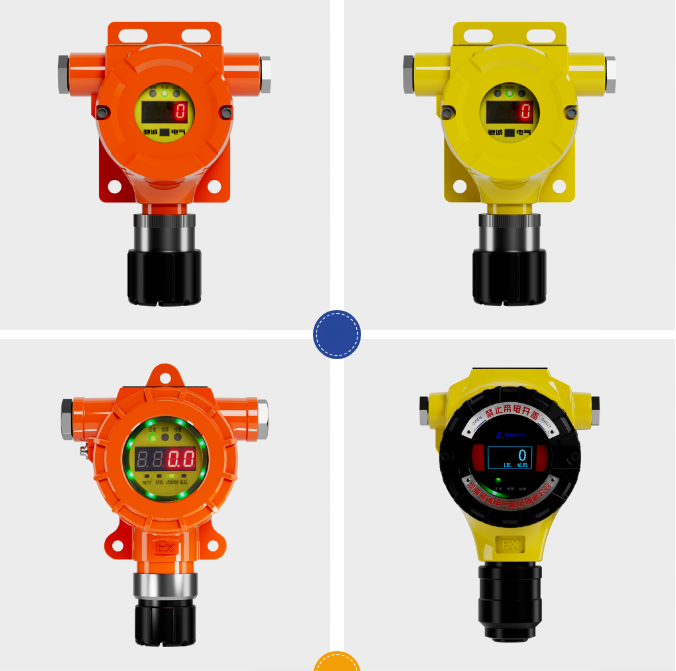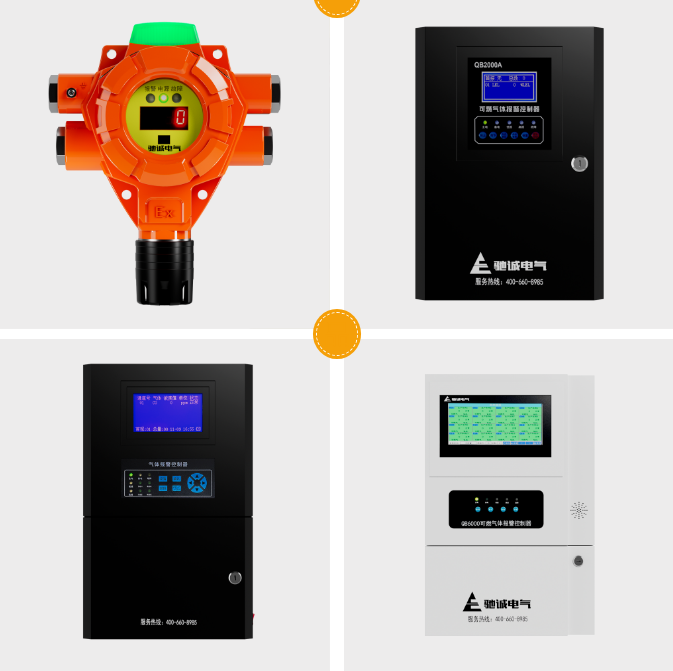Today we take you to another common gas – chlorine gas
What is chlorine?
Chlorine gas (chlorine) is a monomer formed by the element chlorine, with the chemical formula Cl2. It is a yellowish-green, highly toxic gas with a strong irritating odour at room temperature and pressure, with asphyxiating properties and a density greater than that of air. Easily compressed, can be liquefied into a yellow-green oily liquid chlorine
Application of Chlorine
Chemical industry: the preparation of propylene oxide, the preparation of ferric chloride, the preparation of hydrochloric acid, the system of polyvinyl chloride, the system of bleach.
Metallurgical industry: mainly used in the production of titanium, magnesium and other metals.
Electronic industry: high purity chlorine gas is mainly used in the electronic industry dry engraving, optical fibre, crystal growth and thermal oxidation.
Pharmaceutical industry: chlorine gas is commonly used in pharmaceuticals, often involved in the synthesis of chlorine-containing organic compounds. Such as: amlodipine maleate tablets.
Pesticide industry: It is used as the raw material for the production of efficient insecticide, fungicide, herbicide and plant growth stimulant.
Disinfection of tap water: Chlorine disinfection can make the dissolution, decomposition and synthesis of hypochlorous acid in water reach a balance, with appropriate concentration and less residual toxicity in water.
Brewery sewage treatment: Chlorine can deodorise and remove microorganisms, and has a high removal rate of biological oxygen consumption and chemical oxygen consumption, which ensures the stability of recycled water quality, and is more suitable for the treatment of brewery sewage.
Removal of sulphur and phosphorus impurities in acetylene: acetylene gas is the main raw material for PVC production. The use of chlorine water CIO – the strong oxidising properties of acetylene gas spray washing, can remove H2S and H3P.
It can be seen that the application of chlorine is very extensive, not only to promote the development of modern industry, but also profoundly changed the way of life of mankind and the mode of production.
The harm of chlorine gas
Chlorine gas leakage emergency disposal
According to the influence area of gas diffusion to delineate the alert area, unrelated personnel from the side wind, upwind direction to evacuate to the safety zone. It is recommended that emergency personnel wear fully enclosed chemical resistant clothing with built-in positive pressure self-contained air respirator and rubber gloves.
In case of liquid leakage, attention should also be paid to the prevention of frostbite; it is forbidden to touch or cross the leakage; do not make the leakage come into contact with combustible substances, and cut off the source of leakage. Prohibit direct impact with water on the spill or the source of the spill, and prevent the gas from spreading through sewers, ventilation systems and restricted spaces. Construct a dike to block the liquid leakage, and spray dilute alkali solution to neutralise and dilute the leakage.
Special warnings:
① Vehicles, personnel to enter to choose the upwind or side upwind direction;
② strict vigilance and set up on-site safety officer, determine the evacuation signal, the implementation of the entire detection;
③ into the critical area of the operating personnel must be professional and competent, the implementation of the first level of protection, to take cover of the water gun;
④The physical condition of the rescuers should be followed up and checked to prevent secondary pollution and injury;
⑤ Process measures and technical means should be taken mainly by professional personnel of the accident unit for disposal;
⑥ To organise expert technicians from the accident unit and petrochemical, meteorological, environmental protection, health and other departments to provide technical support and medical care;
(vii) Minimise water or environmental pollution.
Chlorine gas safety solutions
In view of the risks associated with chlorine gas, to target the implementation of an effective gas monitoring system, but also the implementation of an effective safety plan. The chlorine safety solutions developed by Cherson Electric provide an innovative and efficient way to address the challenges of chlorine leakage and prevention.
Real-time monitoring: By installing chlorine detectors and gas alarm controllers in the plant, the concentration of chlorine leakage can be monitored 24 hours a day, preventing problems before they occur.
Sound and light alarm: When the concentration of chlorine gas leakage reaches or exceeds the preset value, the alarm and controller will send out sound and light alarm signals in time to remind the staff on duty to take first aid measures.
Intelligent linkage: When the sound and light alarm signal is issued, the controller can also link the fan, sprinkler and other devices to prevent accidents.
Data analysis: Massive data storage can help on-duty personnel to analyse the occurrence of accidents and block the source of danger from the source.
Cost-effectiveness: With high sensitivity, high reliability and low replacement frequency, the instrument can effectively prevent accidents and protect the healthy development of the plant.
Instrument Recommendation


Chlorine gas (Cl2) is an important part of many industrial processes, but its hazardous nature requires close monitoring and safety measures. Cherson Electric implements effective safety monitoring measures for the characteristics and risks of chlorine gas to protect workers and the surrounding environment.